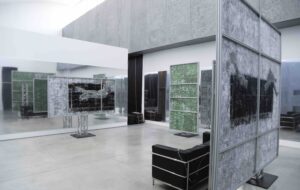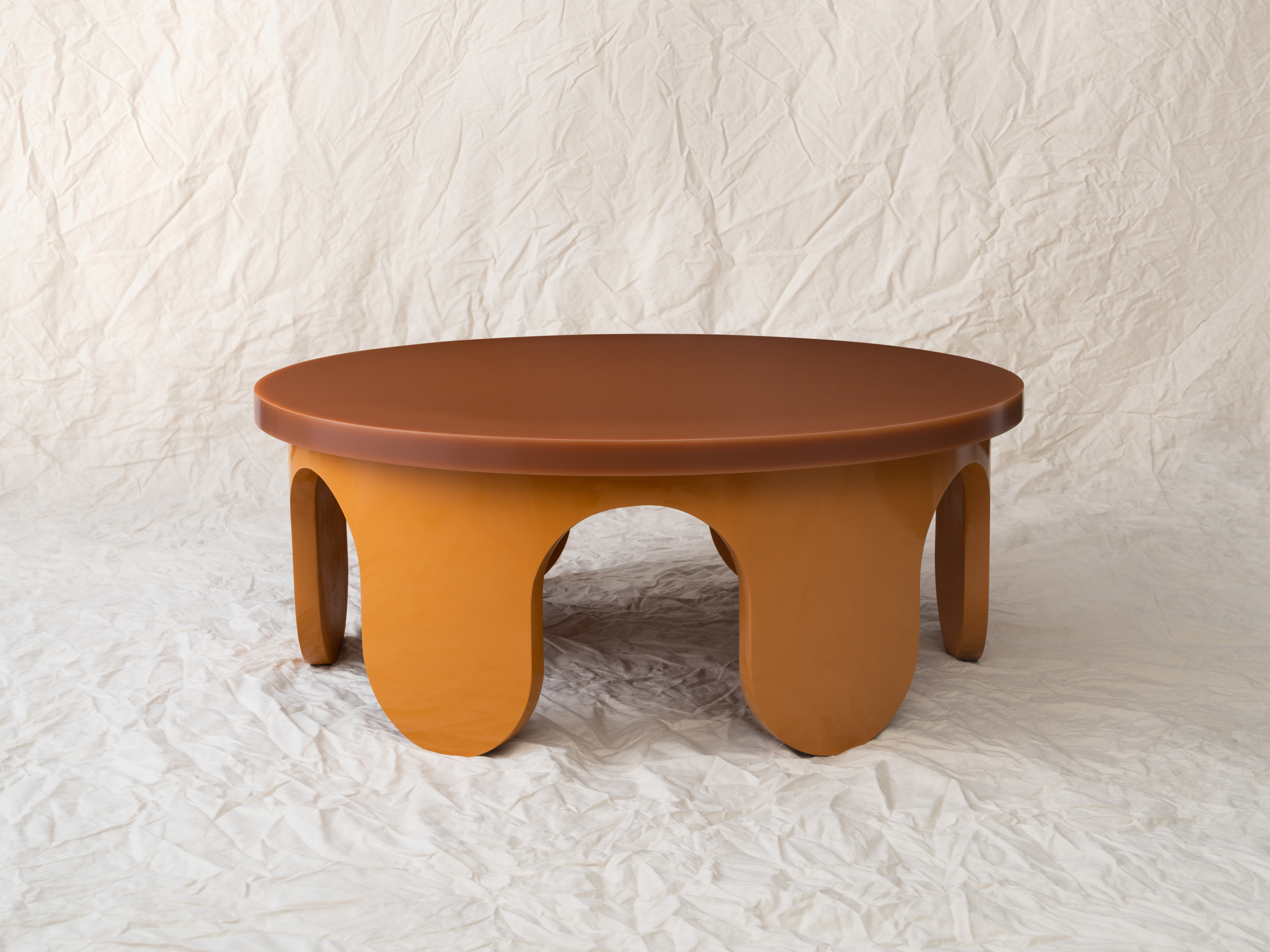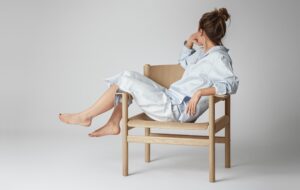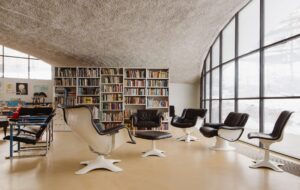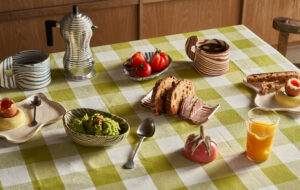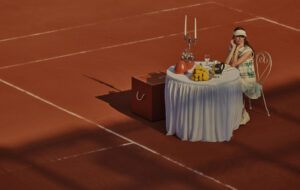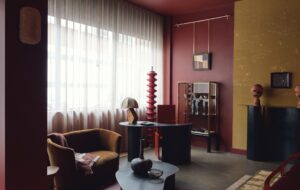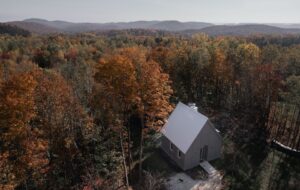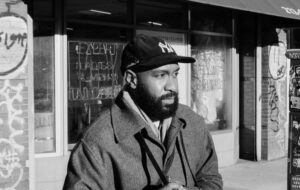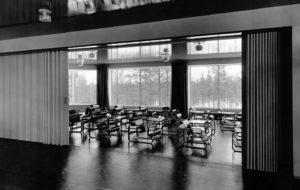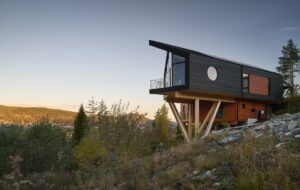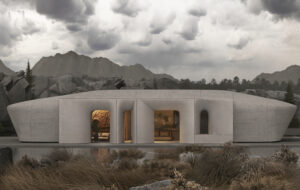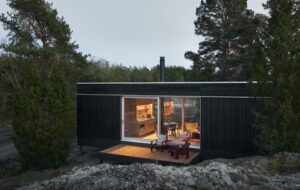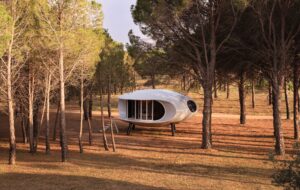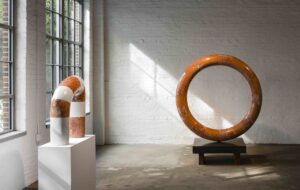
words Marcus Fairs
For this London collective, landscaping projects in deprived areas cannot work without careful analysis of territorial behaviour.
Liza Fior was sitting in a park in Newham, East London, in the middle of the day. “It was completely empty apart from a group of schoolchildren,” she recalls. “They started chucking stones at my legs, and it was partly to say, hey, get out of our territory and also a cry to be parented, for somebody to ask them: ‘What are you doing here?’ ”
Fior is a member of Muf, an art and architecture collective that is involved in a number of groundscape projects in some of the capital’s most deprived areas.
“We started Muf with the intent of working in the public realm,” says Fior. “We were more interested in doing that than designing the perfect bathroom. It was the idea of contested spaces and how to solve them socially and materially.”
Muf understands that the ground is not just a canvas to be coated with grass or asphalt but a complex map that marks out territories, rights of way and uses that have to be reconciled if they are to succeed.
“It’s place that’s important,” says Muf member Katherine Clarke. “It goes back to ownership. What constitutes someone’s sense of belonging to a place? Who cares about the place? If you want people to care, how would their attitude to landscape have to change? How do you engender a sense of ownership? Then it becomes to do with social infrastructure and accommodating conflicting uses.”
Many standard regeneration approaches fail, says Muf, because they carpet-bomb urban areas with “wacky lamp-posts and bollards” that the community then neglect because they feel they have no territorial claim to their streetscape.
In Newham, Muf is working on the landscaping schemes for a number of locations. With a limited budget, it has chosen to concentrate on areas it describes as “ripple sites” – small pockets of unclaimed public territory that border managed semi-public spaces such as school playgrounds and cemeteries.
These spaces, claims Muf, are more likely to be successful because the presence of people in the adjoining managed space encourages better behaviour. Rather than attempt to transform entire streets, they aim to create a network of “stepping stones of design-led special places”.
“The first things we noticed when we started the project was that front gardens and cemeteries were pleasurable spaces, whereas the park was a completely bleak, empty space,” says Fior. “There weren’t even any benches; they’d been removed. There’s no one looking after the park and there’s not enough to do there. Whereas the cemetery was actually a pleasurable place to go. It hadn’t been vandalised, because there is someone looking after it.”
People’s expectations are often so low, they say, that they initially dismiss the idea of improvement. “There was a bit of nondescript grass near the school,” says Fior, describing the consultation process for one of its first interventions. “People were very negative about it – quite understandably, since kids rode their motorbikes around. We proposed planting 30 blossoming cherry trees on it, but people complained that they would make a mess; they’d be destroyed.
“So then we said, OK, we’ll plant them somewhere else. They said ‘hang on a minute, we do want them actually’, and they started to talk about the benefits. So we planted them and they’re all still there.”
In a separate project, Muf is working on a new park in the middle of a deprived estate at Tilbury, Essex. Previously, this open ground was a dangerous, contested space. Joyriders brought cars here to burn and youngsters rode motorcycles around at speed. The situation was further complicated by the presence of a number of horses grazing on part of the land.
Fior says the challenge was to banish unsocial activities from the space while allowing many potentially conflicting positive uses – everything from horseriding and football to picnicking – to flourish.
“It began with an analysis of the ground condition,” says Clarke. “On one of the first visits we found there was horse dung in the playground. Horses were a large part of the scene, as were unparented children. We looked to see how we could make boundaries for different behaviour.”
They found that even the most antisocial children behaved well when they were riding horses, so they decided to create a highly visible dressage arena at the edge of the site.
There is another reason to give the horses such prominence, says Clarke. “We’re investigating the symbolic presence of horses. They’re a legacy of the traveller heritage which has become lost over time. The horse becomes a visible symbol to enable people to see their relationship with the landscape – its ownership, its occupation.”
Horses are kept out of the rest of the space, which is criss-crossed by raised paths. “The way the topography is formed is really important,” says Fior. “The paths are all at higher levels so you can survey the whole area. The paths are grandstands.”
The activity zones are defined by earth banks and gabions, creating spaces separated by buffer zones that are part of the landscape, rather than fenced stockades. Groups of children can take over and inhabit these spaces as they wish.
Once the territorial aspects are considered, you can start to think about texture. “It’s also about the pleasure of surface,” says Fior. “At Tilbury, it’s about this endless undulating carpet that goes from wildflowers to scented garden to football pitch to dressage arena. Different surfaces for different activities; the lux of a car interior rolled out on to the street. But you can’t have that tactility, that gorgeous surface, unless you engage with what allows it to happen and survive.”
The Tilbury park will have a “parkie” to look after the space – an increasingly rare figure whose disappearance from many parks has hastened their decline.
Even the best-resourced projects will fail unless their long-term management is secured, says Muf. A few years ago, it completed a pilot landscaping project in Southwark Street, South London. It created a couple of highly tactile micro-environments, each consisting of a sculptural bench, a ginkgo tree and a variety of high-quality surface materials. The project received massive amounts of publicity and was intended to extend along a kilometre of the road.
Instead, funding was pulled and the space was neglected. “A ginkgo tree got knocked over by a truck. They didn’t read the specification so they stuck a plane tree in,” says Fior. “And somebody came along and dug up the surfaces and put all this black asphalt down.”

